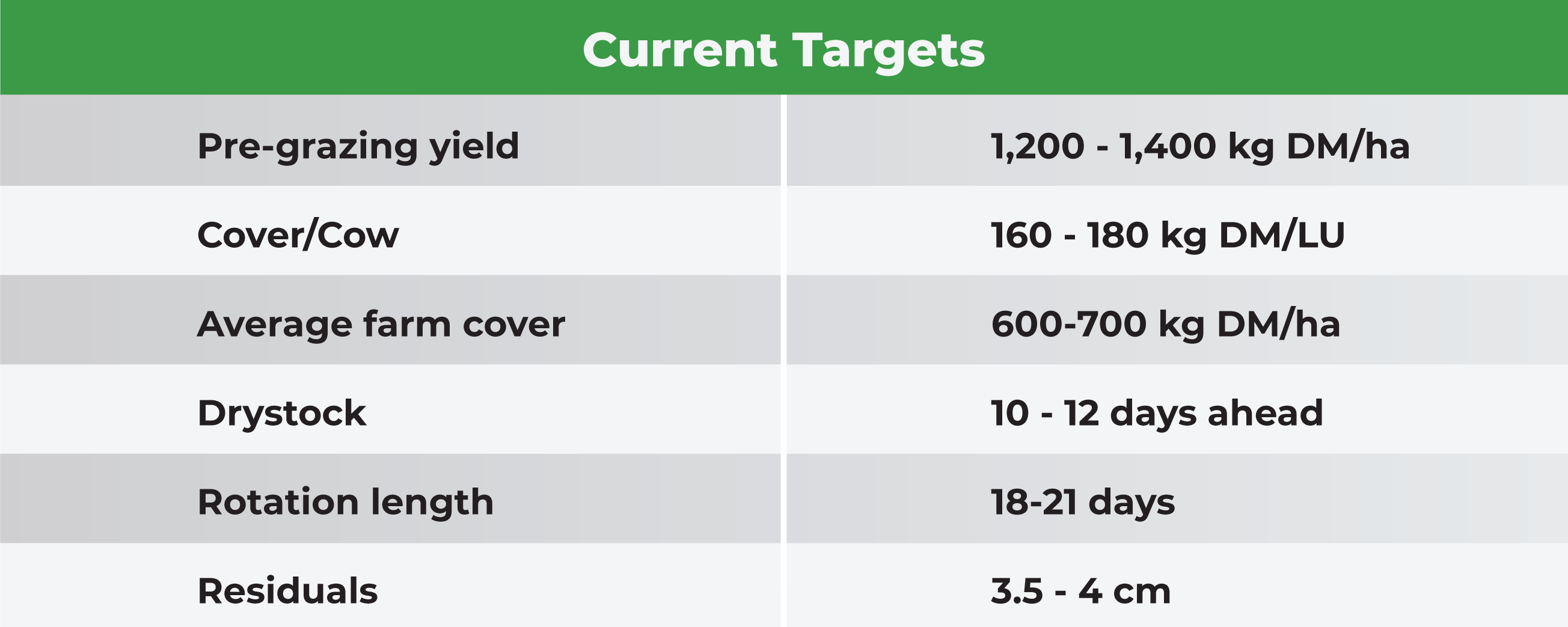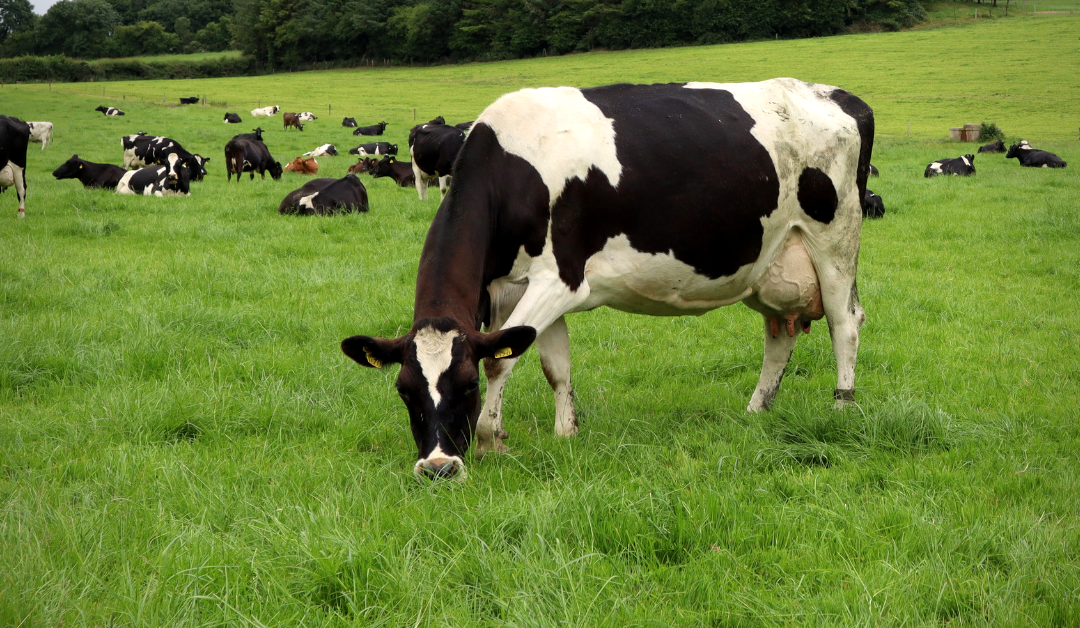Over the entire spring and early grazing season, the key focus on farm has been centred around always having high quality feed available to cows – we can’t afford to lose focus now!
Grass growth has been extremely variable over the past few weeks in different regions and the battle with holding quality has become a struggle. Attention on holding grass quality is needed now to avoid negative effects on production. Thankfully however, growth is expected to increase in most parts of the country now that some well-needed rain has arrived.
Due to lower June rainfall levels (and in some cases N reductions on farm) grass quality has significantly reduced over the past 3 weeks. Many paddocks are gone stemmy in nature as this is also the time of year when grass plants are in their reproductive stage. Paddocks that weren’t grazed out to 4cm during this period have now become stemmy, even at ideal pre-grazing yields (~1400 KgDM/ha), which will negatively affect milk production (especially milk protein %).
The priority must be to remove paddocks with the poorest grass quality as silage as soon as a surplus appears on farm (i.e. cover/cow is >160-180 KgDM/LU, or more than 12- 14 days ahead). It is important to try to correct as many paddocks as possible over the next month as the autumn build-up of grass will begin in August. According to PastureBase Ireland, average pre-grazing yields on dairy farms are currently 1,524 kg DM/ha, above the target of 1,200-1,400 kg DM/ha – this must be our starting point as heavier, poorly grazed out paddocks will only prolong this issue into the next rotation.
At this stage, it is worthwhile to remember that for every 4% reduction in grass digestibility, milk solids yield will consequently reduce by approximately 5%. Grazing platforms must be walked regularly during periods of variable weather to assess grass availability and make informed and timely decisions.

Taking stock
As we reach the halfway point in the year, now is a good time to examine how much grass has been grown to date. The target here should be that 50% of annual grass should be grown by this point. For example, if the aim was to complete six grazings/paddocks so far this year, at an approximate pre-grazing yield of 1,300 kg DM/ha, you should have grown approximately 7.8 tonnes of grass to date. However, due to poor early season growth for periods of time this spring, this figure in farm specific cases may be lower.
We should also be assessing which paddocks have performed worst year to date and consider a summer/autumn reseeding plan for these paddocks.
More Information
For further grassland management advice, contact your local Agritech Sales Advisor.


